Between Rebellion and Global City – Participative Urban Development in the Maghreb
VHS Bonn Lecture – Focus Maghreb
Between Rebellion and Global City – Participative Urban Development in the Maghreb
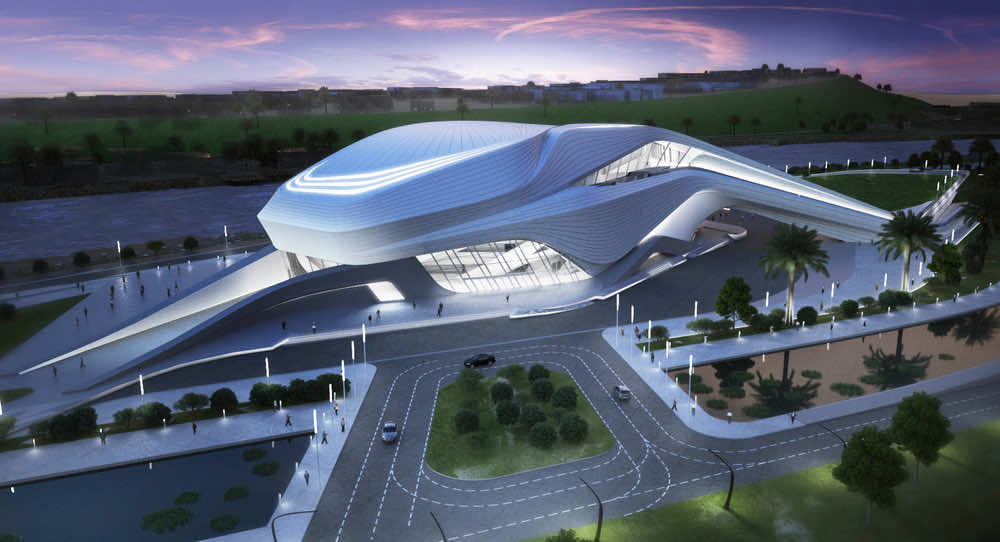
As competition between cities to become the next global city has internationalized and is now taking place across state and cultural borders, an opportunity for the Maghreb Region to set one of their own cities on the map of global significance has emerged. Gaining the status of a world city can translate into increased international political power and economical wealth. But what about the people on the road to achieve this quest? Do they have to give way to the accompanying urban development? Rebellions show quite clearly what they think about official’s current course to reach its goals.
![]()
Speaker
- Raffael Beier
- Research Associate, Institute of Development Research and Development Policy (German acronym: IEE) of the Ruhr-University Bochum
- PhD Candidate on “Resettlement of Informal Housing Residents in Morocco”, International Institute of Social Studies in Den Haag
![]()
International Competition Between Cities
As globalization continues and transport, in particular aviation, and telco innovations connect and inform the world in an ever faster manner, comparison and competition between cities as economic and cultural centers internationalizes and becomes independent of international, continental and for that manner cultural borders (Grabow et al., 1995: 361 pp). This opens up an opportunity for the Maghreb States to position their major urban areas among other current incumbents, currently mainly dominate by those in more developed regions, particularly the U.S., Europe, and East Asia, on the literal map of attractive World/ Global Cities. Starting from Friedman in 1986 (see figure 1), who was the first to identify and map out World Cities based on a number of attributes, groups like the Globalization and World Cities Research Network (GaWC) (see figure 2) or global consulting firms like AT Kearney examine the performance of cities according to distinct series of indicators. They include factors like business activity, human capital, information exchange, cultural experience, and political engagement, that companies draw on when evaluating the future potential of a global city and deciding where to keep their headquarters and other officies. Outside of the business realm, common factors include ratings of educational institutions, innovation in culture (music, art, theater) and quality of scientific research facilities.

Figure 1: World city network as defined by Friedman (1986) GeographyBase.com
 Figure 2: Alpha World Cities, 2010 GaWC
Figure 2: Alpha World Cities, 2010 GaWC
Major construction projects that combine business activity, living space and entertainment are the backbone of a a successful urban competitiveness strategy. Urban marketing and branding initiatives subsequently create the necessary international media attention to go along with construction and draw in investors and tourists (Paal, 2010).
Examples include spectacular architectures in new and developing urban areas, such as the City of Arts and Sciences an entertainment-based cultural and architectural complex in the city of Valencia, Spain or Moscow International Business Center.

By Photograph by Mike Lowe of the architecture of Santiago Calatrava in collaboration with Félix Candela – Photograph by Mike Lowe, Public Domain, Link
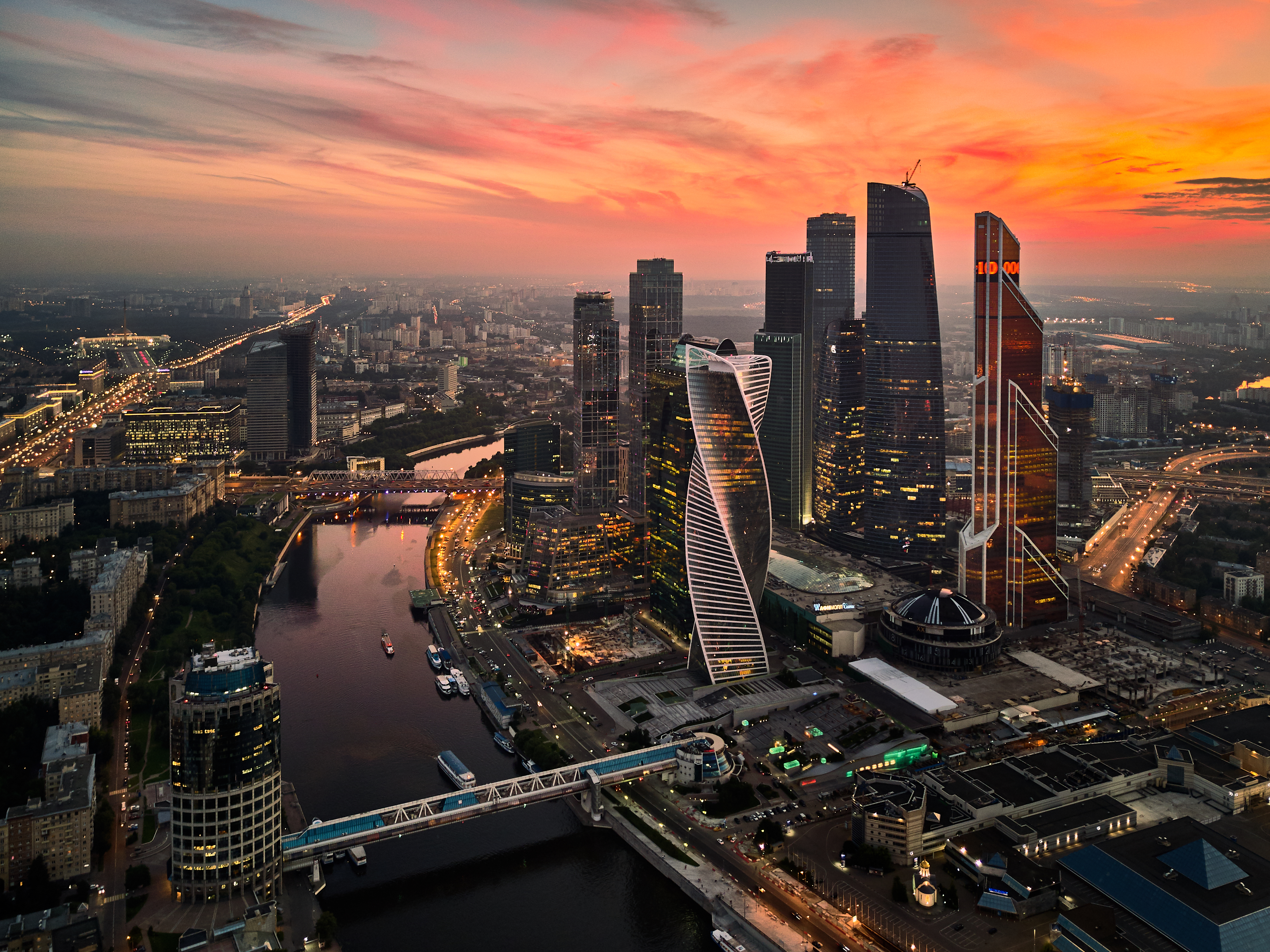
By Deensel – Moscow-City, CC BY 2.0, Link
But also land reclamation projects, to create new districts including schools, hospitals, apartments, office buildings and cultural amenities and architectural hallmarks, like Songdo City, South Korea, or landmarks stretching into the sea, such as The Palm Island in Dubai, are among those projects.
By User:Piotrus – Self-photographed, CC BY-SA 3.0, Link

By Commander Leroy Chiao – NASA website, Public Domain, Link
Massive urban redevelopment projects can be used to pound out financial and business districts with international appeal on the ground of former traditional areas, as happening in Pudong, Shanghai after economic reforms in 1991 that led to development of the new home for Lujiazui Finance and Trade Zone, the Shanghai Stock Exchange and many of Shanghai’s best-known buildings, internationally well connected via Shanghai Pudong International Airport.

By J. Patrick Fischer – Own work, CC BY-SA 3.0, Link
For the Maghreb, putting a city on the World Cities Map means “challeng[ing] the disciplinary control that map cities according to a global division of global capitalist and post-colonial regions” (Ong & Ong, 2012) and can eventually lead to an increase in political and economical power, and cultural vitality for the region, i.e. global significance.
Urban Restructuring
To actually draw in investors and tourists, restructuring the socio-spatial realm and redeveloping urban areas accordingly, including fulfilling requirements on quality and acces to public service infrastructure, is necessary. Taking Morocco exemplary, preferred measures to achieve this endeavor revolve heavily around resettlement of people residing in informal housing in poverty stricken neighborhoods, e.g. in Casablanca – see figure 1 of Tweet below. Since no effective housing law can be lend from their situation, resettlement programs continue and public protests, f.i. in El Hoceima, are increasingly sanctioned.
At the same time, aspirations and constructions of major constructions sights to become a local hub for talent, knowledge and know-how, and attract international investors and tourism, continue. One example comes from Rabat and Salé near the Bouregreg Valley: “La Ville Lumière”, or its artsy name LumieRABAT. This project includes creation of the House of Arts and Culture, the National Archives Library of the Kingdom of Morocco, the Grand Theater of Rabat and the Great Cultural Square.
Recent Effects
Government’s current bearing, taking citizens especially from poverty stricken areas and resettling them into a new spatial environment outside of the city center, for one thing, tears apart the existing social fabric and social governance and support system that was established over a long time in their former residential area. Second, due to a lack of provision of official infrastructures and social access in the new areas, and/ or monetary means to make use of them, people long for re-establishing a functioning social infrastructure. In attempt to safeguard social sustainability, residents fall back on tried and tested informal methods and measures of self-governance, i.e. rebuilding their informal housing structure. While protests of civil society continue, fortunately government, albeit slowly and hesitantly, attempts to build capacity of the civil society to self-organize/govern and allows them to officially take stewardship of the development of society via political involvement, introducing local elections at 2018-05.06, as known so far. Besides local actors, also international organizations have a stake in improving social resilience in the region. Formal measures include implementing new tech innovations such as Smart City technologies, but also following up on government’s approach, combining both, and undertaking initial trials to establish e-democracy.
Maghreb’s Future
Goverment’s official political course and nature of urban policies currently runs counter to the 20 February Movement and people’s desires and aspirations. It is, without a question, a challenge to not miss out on the opportunity of securing a place on the international map as a global city, while also guaranteeing and improving social-sustainability in a region that already had its problems on this topic. However, the opportunity to establish the Maghreb as an attractive region for international investors and tourists via urban development and restructuring also bears the chance to re-establish society as a whole in a harmonious, social just and for the city and society international political and economical prosperous future. Government officials, policy makers, civil society and international, humanitarian aid and social justice organizations have to work together on that task.
![]()
- Event Website
- Deutsch-Maghrebinische Gesellschaft e. V.
- Institute of Development Research and Development Policy (German acronym: IEE) of the Ruhr-University Bochum
- International Institute of Social Studies in Den Haag
Books
- Gabrow et al. (1995), Weiche Standortfaktoren
- Michaela Paal (200), Stadtzukünfte in Deutschland: Strategien zwischen Boom und Krise
- Roy & Ong (2012) Worlding Cities: Asian Experiments and the Art of Being Global
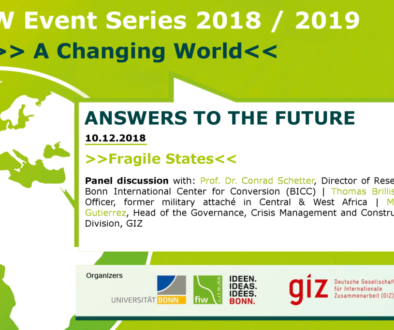
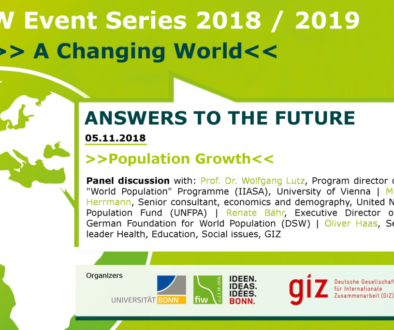
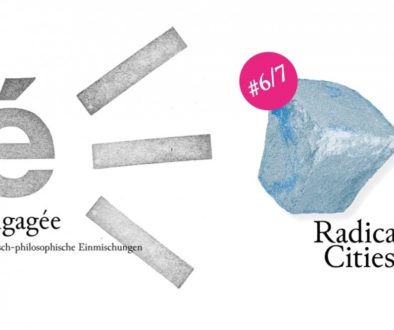
March 10, 2018 @ 10:07 am
Excellent article. Keep posting such kind of info on your blog. Im really impressed by your blog.
Hello there, You’ve performed a great job. I will certainly digg it and
in my opinion suggest to my friends. I’m confident they’ll be benefited from this website.